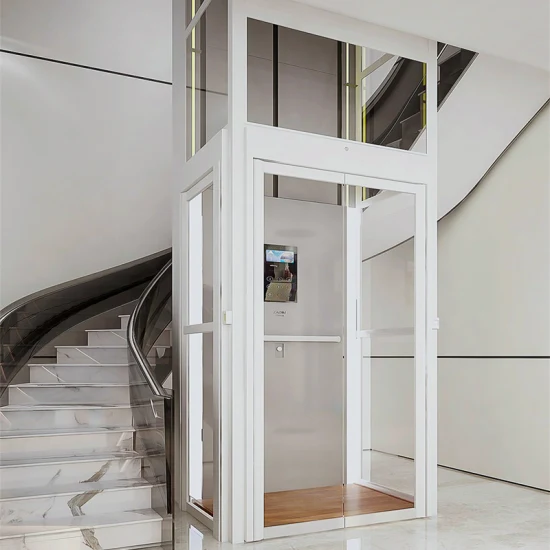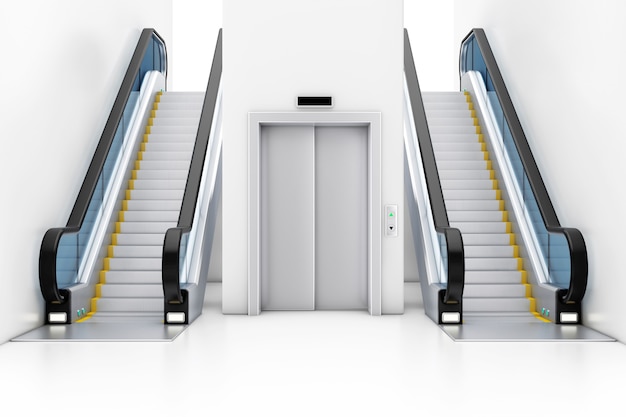Deciphering the Complexities of Lift Innovation: Troubleshooting Common Problems Across Lift Models
In the realm of lift modern technology, a myriad of intricacies often exist underneath the surface of what seems a straightforward mechanism. From slow-moving procedure problems to peculiar sounds originating from the machinery, troubleshooting usual troubles across various lift versions requires a keen eye for information and a methodical technique - repair and maintenance services. As we start this trip to unwind the complexities that can plague these essential tools, a deeper understanding of the internal operations and potential challenges of lift modern technology is vital. Stay tuned as we browse with the maze of lift breakdowns, looking for options to the enigmatic problems that can interfere with the smooth functioning of these essential devices.
Identifying Slow Operation Issues

Next, inspect the electric links to make certain that all parts are properly connected and working. Damaged circuitry or loosened links can bring about slow procedure or full breakdown of the lift system. In addition, it is vital to evaluate the control system to identify if the concern exists in the shows or sensing units.
If the aesthetic assessment and electric checks do not expose the root cause of the slow-moving procedure, more analysis examinations may be needed. These might include stress examinations for hydraulic systems, voltage tests for electrical components, or running analysis software program for the control system. repair and maintenance services. By adhering to an organized method to repairing slow-moving procedure problems, you can efficiently fix the problem and identify, making certain the lift operates securely and successfully
Attending To Unusual Sounds
To successfully fix lift technology for odd noises, a comprehensive exam of the lift elements following the identification of sluggish operation issues is essential. Odd noises in lifts can be a measure of underlying problems that call for punctual interest to make certain the security and integrity of the system. Common resources of strange sounds in lifts consist of worn-out or misaligned sheaves, harmed electric motor bearings, damaged or loosened suspension ropes, and malfunctioning control systems. When attending to weird noises, it is important to conduct a methodical inspection of these components to identify the specific reason for the noise properly. This may include looking for any kind of visible indications of deterioration, examining the functionality of motor bearings, tightening loosened links, and oiling moving components as required.
Additionally, it is important to describe the lift supplier's upkeep standards and seek support from qualified service technicians when taking care of complicated lift components or unfamiliar troubleshooting treatments. By without delay settling and attending to odd noises underlying issues, lift drivers can make sure the optimal efficiency and safety and security of the lift system for travelers and operators.
Resolving Faulty Control Troubles
An effective technique for resolving defective control issues in lift modern technology involves carrying out an extensive analysis of the control system's parts and functionality. When coming across concerns with lift controls, it is essential to very first look for any kind of loosened links, damaged wiring, or malfunctioning sensors. Confirming that all control display screens, keypads, and switches are functioning correctly is also vital in identifying the trouble properly.
If no noticeable problems are noticeable, technicians should continue to evaluate the control board for any kind of indications of water corrosion, damages, or getting too hot, as these can commonly bring about regulate breakdowns. Furthermore, resetting the control system or updating the software program might assist deal with certain problems or insects causing the trouble.

Taking On Hydraulic System Malfunctions
The efficiency of hydraulic systems we maintain lifts in lifts relies greatly on the appropriate performance of various parts within the system. When hydraulic systems malfunction in lifts, it can lead to functional interruptions and safety concerns. One usual problem is hydraulic liquid leak, which can occur as a result of worn-out seals, loosened connections, or damaged cyndrical tubes. To tackle this issue, specialists should carry out an extensive inspection to recognize the source of the leakage and replace any type of faulty elements promptly.
In addition, abnormalities in hydraulic liquid degrees or uncommon sounds throughout lift procedure might show underlying system breakdowns that call for prompt attention to prevent further damage. Routine maintenance and timely troubleshooting of hydraulic system problems are vital to making sure the reliable and risk-free operation of lift innovation.
Handling Electrical Component Failures
Addressing electric part failings in lift innovation requires a methodical method to detecting and fixing concerns to preserve functional capability and safety and security criteria. When coming across electrical problems in lift systems, it is important to initial carry out a complete assessment of the electrical elements, consisting of control panels, wiring, sensors, and circuit boards. Any kind of indications of damage, deterioration, loose links, or charred elements need to be very carefully noted and resolved immediately to stop more problems.
When it comes to electric component failures, it is vital to adhere to producer standards for troubleshooting and repair service procedures. This may include testing the elements making use of disabled platform lifts prices uk multimeters, oscilloscopes, or other analysis devices to pinpoint the precise resource of the malfunction. Furthermore, having a comprehensive understanding of the lift's electrical schematics and circuitry diagrams can aid in determining and rectifying problems effectively.
Regular upkeep and examination schedules can assist protect against electric failures by discovering possible issues at an early stage. Appropriate training for lift technicians on electrical systems and elements is likewise essential to ensure accurate diagnosis and effective london lift company resolution of electric troubles, inevitably adding to the overall safety and dependability of lift operations.
Final Thought
Finally, fixing lift innovation needs a methodical technique to recognize and attend to usual issues such as sluggish operation, unusual sounds, faulty controls, hydraulic system breakdowns, and electric part failings. By comprehending the complexities of lift technology and following proper troubleshooting actions, professionals can properly solve problems and make sure the reliable and secure operation of lifts throughout numerous designs.
To effectively repair lift modern technology for unusual noises, a thorough exam of the lift parts complying with the recognition of sluggish operation concerns is imperative. Weird noises in lifts can be a measure of underlying issues that require prompt focus to guarantee the safety and dependability of the system.An effective approach for dealing with faulty control issues in lift modern technology includes performing a comprehensive analysis of the control system's parts and functionality.The performance of hydraulic systems in lifts relies greatly on the correct functioning of numerous elements within the system. repair and maintenance services. When running into electrical issues in lift systems, it is crucial to very first perform a comprehensive examination of the electrical elements, consisting of control panels, circuitry, sensors, and circuit boards